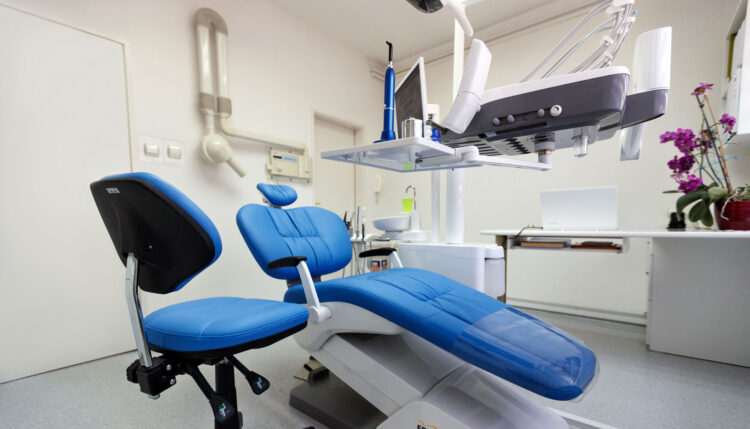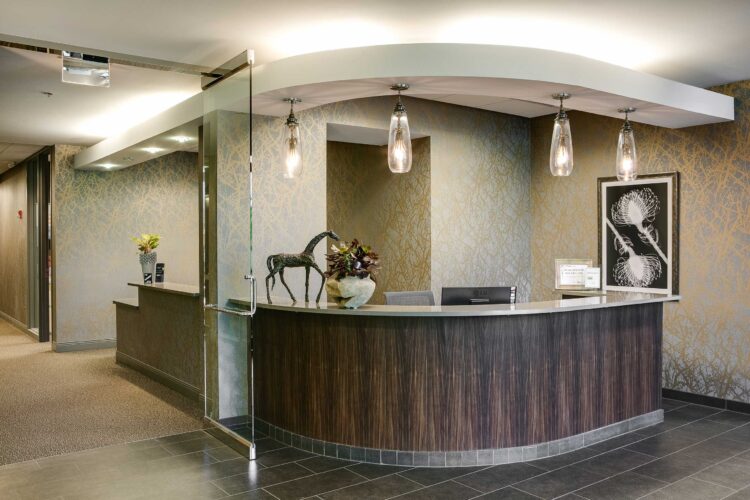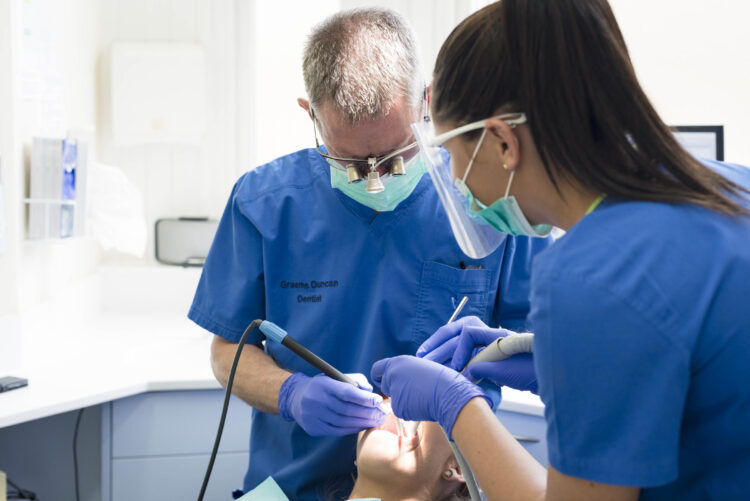Your dental practice may still be facing some pretty significant challenges following COVID-19. Many dental practices had to eliminate all services except perhaps emergency procedures.
People were nervous about going to the dentist or to other routine and preventative medical appointments, and the result of all of this was declines in profitability for many doctors and dentists’ offices.
Now that we’re starting to see a return to normalcy following the pandemic, you might be looking for ways to get your dental practice back on track, so how can you do that?
You want to work toward a productive, efficient practice that focuses on reducing costs, improving care, and driving revenue.
With those goals in mind, the following are some ways to create a more streamlined practice.
Page Contents
Rethink How You Buy Supplies

Source: drbede.com
Dental supplies can be expensive, so if you want to improve your profitability and stay efficient, you might want to revisit how you buy them.
First, choose high-quality items that are going to last for longer rather than going with cheaper options. According to meisingerusa.com, using tungsten carbide instruments can provide a long working life. You want to buy things that aren’t going to have to be replaced all the time when you can.
When you have to replace your instruments and supplies, it doesn’t just cost you in terms of money. It also costs you time.
General supply tips include:
- Follow a set budget. When you have a budget, then you can plan accordingly.
- Order only what you need. By doing a regular inventory and also assigning someone as a point person on supply ordering, you avoid spending too much when you over-order, and you’re using less space.
- Negotiate your prices with your suppliers on a regular basis.
Organize Your Front Desk

Source: tranthomasdesign.com
When it comes to being a productive and efficient dental practice, your front desk is going to play a huge role in that.
Get involved with your administrative team.
Look at places where you might be able to reduce the number of non-critical or repetitive tasks they’re doing with software or automation technology. Then, your administrative staff will be able to think more strategically and put their attention toward high-value tasks.
A few other specific tips to make your front desk operate more efficiently and productively include:
- Delegate tasks effectively. You want to have a strategic how and why as far as what tasks you give to your team. Consider your administrative staff’s strengths and weaknesses when delegating, and also what each person might enjoy doing. The more someone enjoys doing something, the more productive and efficient they’re likely to be.
- If you don’t already have online scheduling options for patients, you definitely should. When patients can not just book initial appointments online but also change and cancel them as needed, it’s going to reduce your call volume, and your front desk staff can focus on doing other things, including personally connecting with patients. When you’re choosing an online scheduling solution, look for one that will integrate with your online scheduling calendar.
- Automate whenever you can. This has been somewhat touched on above, but automation is the best way to streamline your front desk and your entire practice. Do an audit of your existing workflows to see where you could best put resources to help with automation. For example, don’t call patients to remind them of an appointment. Use an automated service instead.
- Take steps to reduce employee turnover. It’s difficult to find employees in all industries right now, so the last thing you want is someone leaving because they aren’t happy. That’s going to significantly affect your productivity. You can reduce employee turnover by improving your corporate culture and regularly asking for feedback from everyone who works for you.
- Train your administrative staff on how to handle phone calls. For example, teach them how to get the needed information quickly and politely.
- Improve communication between front and back-office staff. This means that you’re using the best possible technology to share all needed information quickly.
Know How Long Procedures Truly Take

Source: lintriggsdentalcare.co.uk
When you operate a dental practice, you might just be taking a shot in the dark when you estimate how much chair time is needed for any given procedure. Dentists tend to underestimate the time they’ll end up actually spending with a patient.
Try to audit how long procedures are really taking you for a period of time so you can adjust things going forward.
Go Paperless
Make it a goal to go entirely paperless in your practice within a certain period of time.
You can digitize all your patient records, and you can add new patient forms to your website.
You can start out by making sure all new patients have only digital records, and then you can work outward from there to digitize the records of your longer-term patients.
Another way to make your dental practice more attractive to patients is to create a good marketing dental practice. In this way, you can reach out to wider array of patients.
Cut Down on Wait Times

Source: patientpop.com
When you have patients in the waiting room, it should be your goal to get them started with their appointment as quickly as possible. When you have long wait times, it is a sign you aren’t as efficient as you could be, you’re having issues with understanding how long procedures truly take, and it can create a bad image for your practice. Long wait times might also show that you need to make scheduling changes.
You might go about reducing wait times in different ways.
Evaluate your patient visit workflows to see where you could make changes.
For example, maybe you have a plan for X-rays and procedures that involve dealing with multiple things at one time.
Automate Your Billing
Finally, if you can, use automated billing. Manual billing is expensive and incredibly time-consuming. Automated billing will help you maintain your revenue cycle, and you’re going to get payments faster, in addition to reducing the workload on your administrative staff.
Processing paper claims takes longer than electronic claims, and many insurance companies are no longer even using paper billing.





